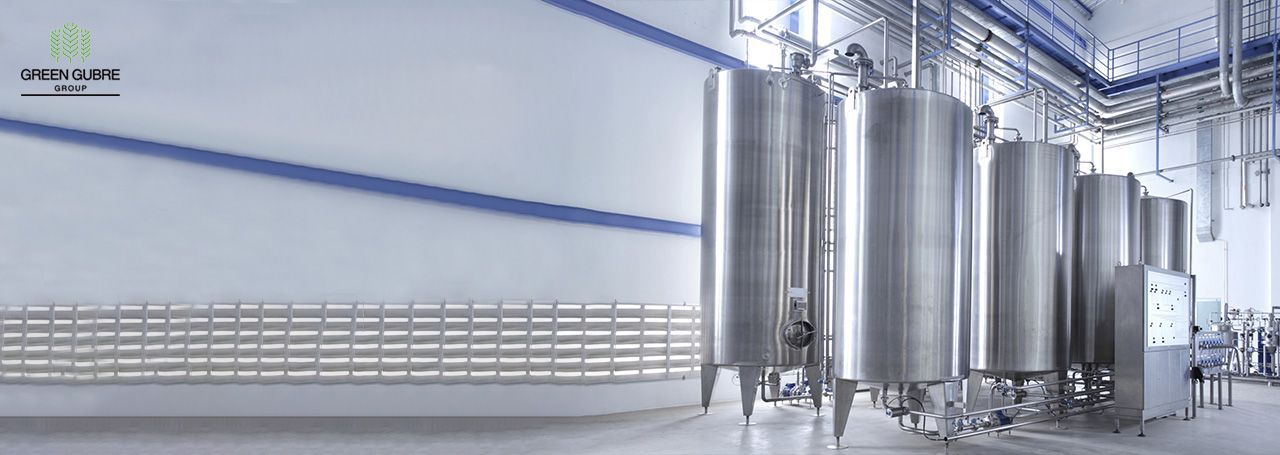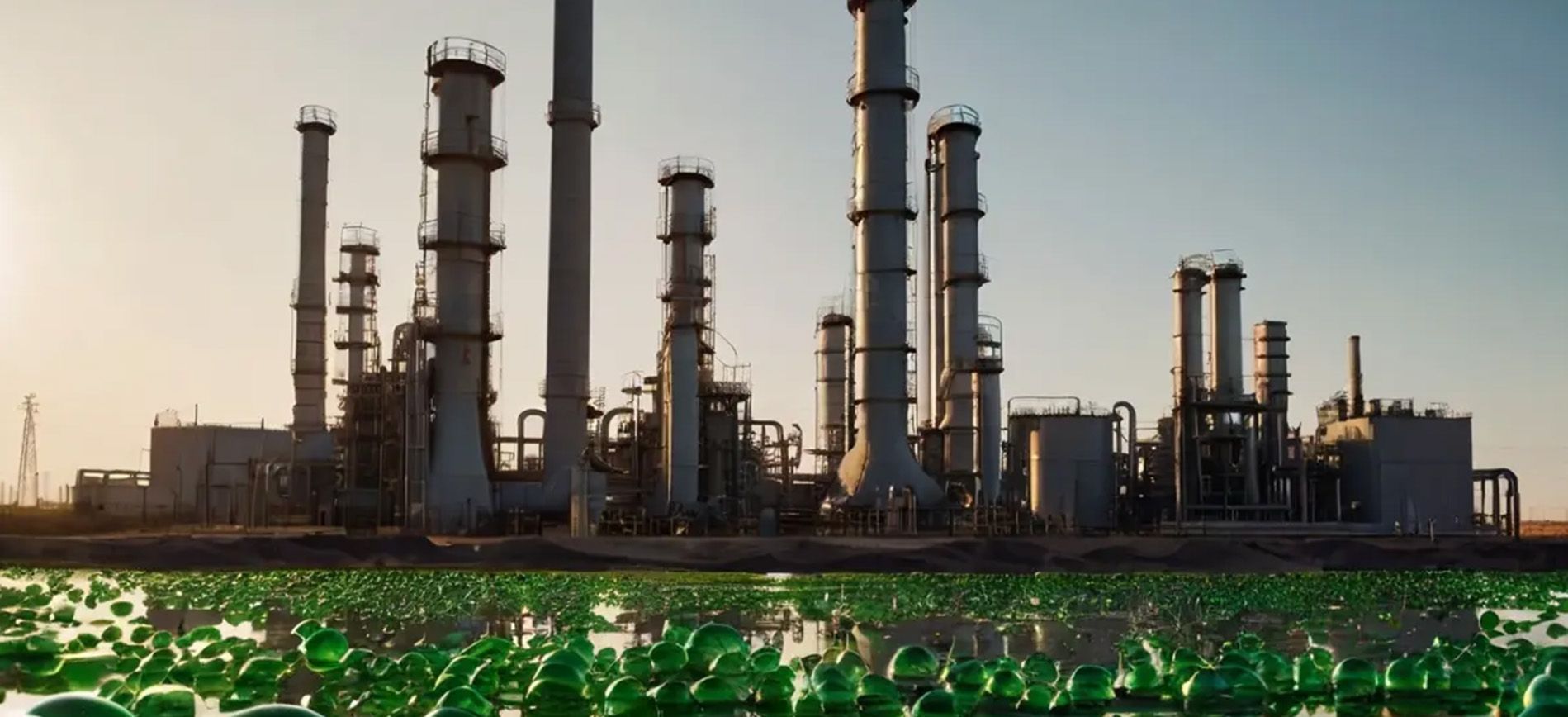Exploring the Benefits of Stainless Steel in Industrial Applications
Exploring the Benefits of Stainless Steel in Industrial Applications

Stainless steel is one of the most versatile and durable materials used in a wide range of industrial applications. Known for its corrosion resistance, strength, and aesthetic appeal, stainless steel has become the preferred choice for industries such as construction, automotive, food processing, and healthcare. This blog will explore the unique properties, applications, and benefits of stainless steel in industrial settings, as well as its growing demand in modern manufacturing.
What is
Stainless Steel?
Stainless steel is a type of alloy composed primarily of iron, chromium, and nickel. The chromium content, typically around 10.5% or more, gives stainless steel its corrosion-resistant properties by forming a protective layer of chromium oxide on the surface. This layer protects the metal from rust and oxidation, making stainless steel highly durable in harsh environments. Depending on the grade, stainless steel may also contain other elements such as molybdenum, manganese, and carbon, which enhance its performance in specific applications.
Key Benefits of Stainless Steel:
1. Corrosion Resistance:
The most well-known advantage of stainless steel is its ability to resist corrosion. The presence of chromium forms a passive protective layer, preventing rust and corrosion even in extreme environments, such as marine and chemical industries.
2. High Strength and Durability:
Stainless steel is known for its high tensile strength, making it suitable for heavy-duty applications. It is also resistant to impact, wear, and deformation, ensuring long-term performance in industrial settings.
3. Temperature Resistance:
Stainless steel retains its strength and structural integrity at both high and low temperatures. This makes it ideal for applications involving extreme heat or cold, such as power generation plants and cryogenic systems.
4. Aesthetic Appeal:
In addition to its functional benefits, stainless steel offers a modern and sleek appearance, making it a popular choice for architectural projects, interior design, and consumer products. Its reflective surface also makes it easy to clean and maintain.
5. Hygienic and Easy to Clean:
Stainless steel is non-porous, which means it does not harbor bacteria or other contaminants. This makes it an excellent material for industries that require strict hygiene standards, such as food processing, pharmaceuticals, and healthcare.
6. Recyclability and Sustainability:
Stainless steel is 100% recyclable, making it an environmentally friendly choice for manufacturers and industries focused on sustainability. Recycling stainless steel reduces the demand for new raw materials and minimizes waste.
Applications of
Stainless Steel in Industrial Settings:
1. Construction and Architecture:
Stainless steel is widely used in construction due to its durability, strength, and corrosion resistance. It is commonly used in structural components, bridges, facades, and handrails. The aesthetic appeal of stainless steel also makes it a popular choice for interior elements such as countertops, elevator doors, and decorative panels.
2. Food Processing and Packaging:
The hygienic properties of stainless steel make it ideal for use in food processing and packaging equipment. Its resistance to corrosion ensures that it remains uncontaminated by food acids, while its easy-to-clean surface prevents bacterial buildup, helping manufacturers maintain high sanitary standards.
3. Automotive and Transportation:
Stainless steel is used in the automotive industry for exhaust systems, structural components, and body panels due to its strength, durability, and resistance to high temperatures and corrosion. It is also used in the manufacturing of aircraft, ships, and trains for similar reasons, contributing to safety and longevity.
4. Pharmaceutical and Medical Equipment:
In the healthcare sector, stainless steel is essential for manufacturing medical instruments, surgical tools, and hospital equipment due to its hygiene, non-reactive nature, and ease of sterilization. It is also used in pharmaceutical production equipment, ensuring that products are processed in a contaminant-free environment.
5. Oil and Gas Industry:
The oil and gas industry requires materials that can withstand harsh conditions, such as extreme temperatures, pressure, and exposure to chemicals. Stainless steel is commonly used in pipelines, valves, and storage tanks in offshore and onshore oil extraction, as it resists corrosion and ensures the longevity of these structures.
6. Chemical Processing:
Stainless steel is resistant to many chemicals, including acids and alkalis, making it an ideal material for chemical processing equipment such as reactors, heat exchangers, and storage tanks. Its corrosion-resistant properties ensure that chemicals do not degrade the material, ensuring long-term reliability and safety.
7. Renewable Energy:
As the world moves toward renewable energy solutions, stainless steel is increasingly being used in wind turbines, solar panels, and hydroelectric plants. Its strength and resistance to the elements make it ideal for use in outdoor and harsh environments, where renewable energy infrastructure is often located.
Grades of
Stainless Steel:
There are several different grades of stainless steel, each with unique properties tailored for specific applications. Some common grades include:
1. Austenitic Stainless Steel (300 Series):
Known for its excellent corrosion resistance and versatility, austenitic stainless steel is commonly used in food processing, chemical processing, and architectural applications. The 304 and 316 grades are the most widely used.
2. Ferritic Stainless Steel (400 Series):
Ferritic stainless steel offers good corrosion resistance and is typically used in automotive components, kitchen appliances, and industrial equipment. It is magnetic and less expensive than austenitic grades.
3. Martensitic Stainless Steel:
This grade is known for its hardness and strength, making it ideal for applications requiring wear resistance, such as knives, cutting tools, and turbine blades.
4. Duplex Stainless Steel:
Duplex stainless steel combines the properties of both austenitic and ferritic stainless steels, offering higher strength and better corrosion resistance, especially in chloride-rich environments. It is used in the oil and gas industry and marine applications.
5. Precipitation-Hardening Stainless Steel:
This grade is used in aerospace and high-performance applications due to its excellent strength and hardness. Precipitation-hardening stainless steel is heat-treated to achieve these properties.
Environmental Impact of
Stainless Steel:
Stainless steel’s recyclability makes it an environmentally sustainable material. More than 80% of stainless steel is recycled at the end of its life cycle, reducing the need for new material extraction. This recyclability not only conserves natural resources but also reduces energy consumption and greenhouse gas emissions associated with stainless steel production.
Future Trends in Stainless Steel Use:
As industries continue to prioritize sustainability and performance, the demand for stainless steel is expected to rise. Key trends driving the future of stainless steel include:
1. Growth in Renewable Energy Infrastructure:
The demand for renewable energy solutions, including wind, solar, and hydroelectric power, is creating a growing market for stainless steel, particularly in construction and equipment manufacturing.
2. Innovation in Stainless Steel Alloys:
Researchers are developing new stainless steel alloys that enhance corrosion resistance, strength, and environmental performance, further expanding the range of applications.
3. Increased Use in Green Building:
Stainless steel’s longevity, recyclability, and low maintenance requirements make it an ideal material for green building certifications, such as LEED (Leadership in Energy and Environmental Design).
Conclusion:
Stainless steel’s versatility, durability, and corrosion resistance make it an invaluable material in industrial applications worldwide. Its use spans across multiple sectors, including construction, automotive, food processing, and medical equipment, where its unique properties ensure long-lasting performance and safety. With its environmentally friendly benefits, stainless steel is also well-suited for industries focused on sustainability and green practices. As industrial demands evolve and new technologies emerge, stainless steel will continue to be a key player in modern manufacturing.




